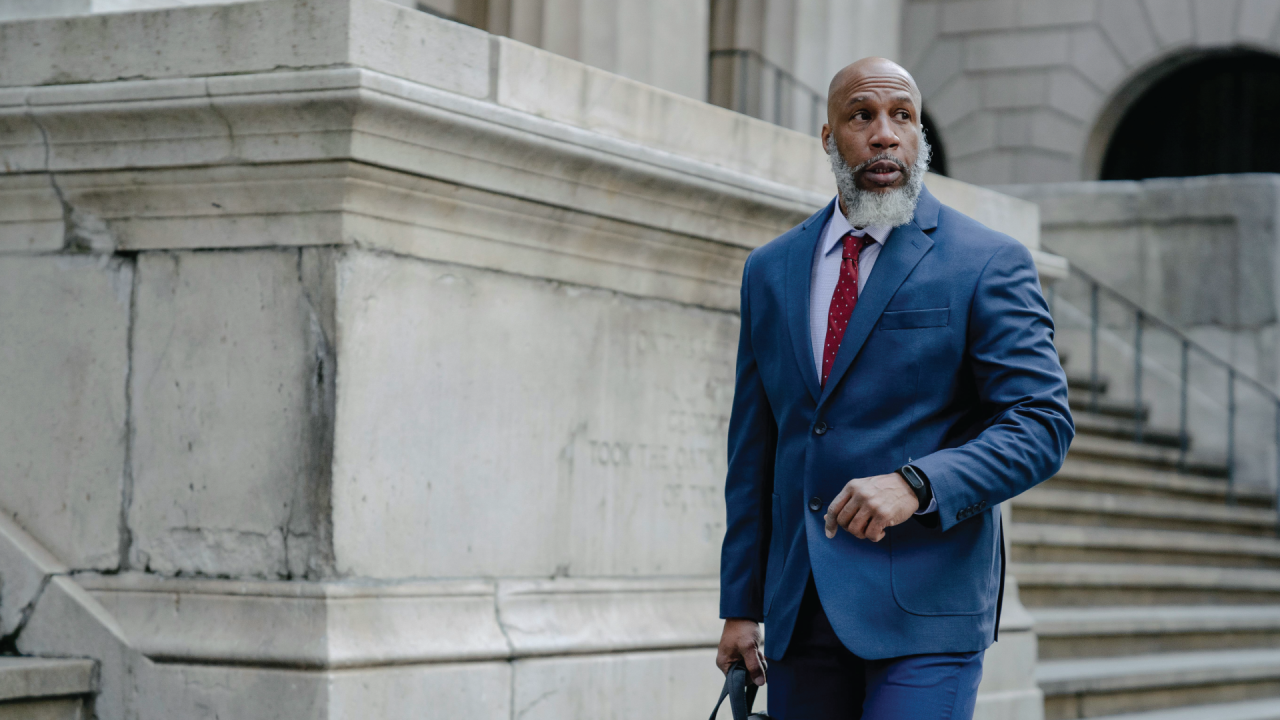Embarking on an executive transition is akin to navigating through uncharted waters, where the currents of change are powerful and the terrain is unpredictable. The journey from one leadership role to another, or even from the apex of authority to uncharted territories outside the professional realm, represents one of the most daunting challenges that executives face. In this transformative process, the formidable task is not merely adapting to new responsibilities but fundamentally redefining one’s identity beyond the confines of the familiar.
The complexities of executive transition extend beyond the professional realm, delving into the personal as leaders grapple with relinquishing established power structures, redefining their purpose, and finding solid ground amidst the ambiguity of change. The act of transition represents one delving into the nuances of this multifaceted challenge; it encapsulates a dynamic and intricate journey, demanding resilience, self-reflection, and an unwavering commitment to growth.
Why transition is a difficult process
Navigating an executive transition is akin to confronting the demise of deeply ingrained norms and one’s inner identity that extends beyond the professional realm. It symbolizes an inner demise, a departure from the accustomed order, propelling individuals into a tumultuous sphere of chaos where unpredictability reigns within the once-stable system. Drawing parallels with the stages of grief, executive transition mirrors the grieving process of losing a core identity.

- Denial: At the onset of a career transition, executives may find themselves in a state of denial. This could involve resisting the idea of leaving a familiar role, industry, or company. For instance, a seasoned executive facing a career shift might initially downplay the significance of the change, convincing themselves that their current position is irreplaceable or that the transition won’t have a substantial impact on their professional life.
- Anger: As the reality of the career transition solidifies, executives may experience a sense of anger. This could manifest as frustration towards external factors such as economic trends, industry shifts, or even towards internal elements like perceived missed opportunities or unmet expectations. An executive in this stage might express frustration at the circumstances that led to the career transition and question the fairness of the situation.
- Bargaining: During the bargaining stage, executives may attempt to negotiate terms or conditions of the career transition. For example, they might explore possibilities to stay within the same industry, retain certain responsibilities, or negotiate a more gradual transition. This stage is characterized by a desire to regain some control over the situation and salvage familiar aspects of their professional life.
- Depression: The realization of significant change in one’s career path can lead to a period of depression. Executives may grapple with feelings of loss, uncertainty about the future, and a sense of grief for the career they are leaving behind. They may experience a dip in motivation, feelings of sadness, and a sense of mourning for the familiar professional identity they once held.
- Acceptance: The final stage marks the beginning of acceptance. Executives, after navigating through denial, anger, bargaining, and depression, come to terms with the career transition. This involves embracing the new opportunities, learning from the experience, and actively preparing for the next phase of their professional journey. Acceptance enables executives to refocus their energy on building a new career path and leveraging the transition for personal and professional growth.
Examining career transitions using the Kubler Ross Grief Cycle offers a structure to grasp the emotional hurdles encountered by executives. Recognizing and successfully traversing each stage equips executives with the resilience to confront career changes, ultimately leading them to emerge more robust on the other side.
What fundamental obstacles do executives encounter during the process of transitioning?
- The Pitfall of Assimilation to Power:
Executives, having ascended to positions of power and authority, often become deeply entrenched in their roles. The trappings of leadership can be intoxicating, and over time, their identity becomes closely tied to the responsibilities and influence bestowed upon them. However, this assimilation poses a formidable challenge when the dynamics shift, and the mantle of leadership changes hands.
- The Struggle Beyond Job Descriptions:
Once the privileges of power and authority are lost, executives frequently find themselves grappling with an identity crisis. The job description that once defined their daily responsibilities now feels like a restrictive cage. Many struggle to adapt to a new reality where their influence is diminished, and the challenge lies in rediscovering purpose beyond the hierarchical structures they were accustomed to.
- The Misunderstanding of Vision Ownership:
A significant majority of executives operate under the misconception that aligning with a corporate vision is sufficient for career longevity. However, the adage holds true: “If the vision is not yours, you are just a mission navigating someone towards their desired end.” The failure to internalize and personally invest in their own vision beyond the organization’s can leave executives adrift when the familiar organizational landscape undergoes transformation.
- Embracing the Reality of Transition Readiness:
Amidst the myriad challenges, there is a pressing need for executives to understand that separation from their current roles is inevitable. As they steer others toward their purpose, it is crucial to simultaneously prepare for their own journey. Transition readiness should be a cornerstone of human resource management strategies, encompassing not only the development of leadership skills but also fostering adaptability and a resilient mindset.
Strategies for Navigating the Transition Maze:
- Self-Reflection and Rebranding: Executives must engage in deep self-reflection to identify their strengths, values, and passions beyond their current roles. This introspection aids in rebranding themselves for a broader professional landscape.
- Continuous Learning and Adaptability: Transition readiness demands a commitment to continuous learning and adaptability. Executives should actively seek opportunities to acquire new skills, stay updated on industry trends, and embrace change as a catalyst for personal and professional growth.
- Building a Network Beyond Hierarchies: Executives often rely on their organizational position for networking. Transition readiness requires the cultivation of a network that extends beyond hierarchical boundaries, creating connections based on shared values and industry insights.
- Self Leveraging During Active Employment
This involves a proactive assessment of existing competencies and a strategic transformation of these skills into active capabilities. Executives must not merely rely on past achievements but continuously identify how their strengths align with emerging trends and the evolving needs of their industry. For instance, a finance executive might leverage their analytical expertise by mastering cutting-edge financial technologies, ensuring their relevance and adaptability in an increasingly digital financial landscape.
By developing and enhancing their skill set during the period of active employment, executives position themselves as dynamic and forward-thinking leaders, ready to navigate the complexities of a shifting professional landscape.
- Personal Branding Through Thought Leadership During Active Employment
executives should embark on a journey of thought leadership to bolster personal branding. Establishing oneself as a thought leader involves consistently sharing valuable insights, industry knowledge, and innovative perspectives within their field. This can be achieved through various channels such as writing articles, participating in industry forums, and engaging in speaking opportunities. Thought leadership not only enhances an executive’s visibility and credibility but also cultivates a narrative around their expertise and vision.
By actively building a personal brand during active employment, executives lay the groundwork for a seamless transition, as they are perceived as influential leaders with the ability to drive change and innovation in their respective domains.
Conclusion
The challenge for executives in transitioning successfully lies not only in the assimilation to power and authority but in the willingness to break free from these shackles. The journey beyond the job description is fraught with uncertainties, but it is also an opportunity for self-discovery and renewed purpose. Embracing the reality of transition readiness is not just a professional necessity; it is a fundamental component of effective human resource management. As the business landscape evolves, executives who can navigate this transition maze with resilience and foresight will not only survive but thrive in the future.








